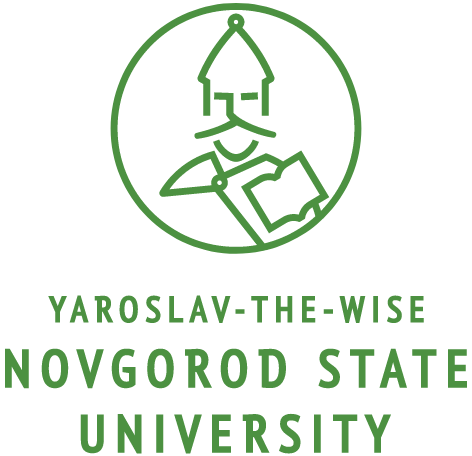Plant names as part of the poetic lexicon (based on the Dictionary of the Language of the Twentieth Century Russian Poetry)
DOI:
https://doi.org/10.34680/VERBA-2023-3(8)-61-72Keywords:
phytonyms, lexicology, lexicography, linguistic poeticsAbstract
The article discusses the features of the lexicographic description of plant names (phytonyms) in the dictionary of the poetic language. The Dictionary of the Language of the Twentieth Century Russian Poetry, describing the lexicon of ten outstanding authors of the Silver Age (I. Annensky, A. Akhmatova, A. Blok, S. Yesenin, M. Kuzmin, O. Mandelstam, V. Mayakovsky, B. Pasternak, V. Khlebnikov, M. Tsvetaeva), includes more than 500 such lexical items. Plants representation in the poetic language differs significantly. On the one hand, the names of fundamentally important, culturally significant plants belong to the core of the poetic lexicon: these are mainly trees (birch, oak, willow, pine), fruit trees or shrubs and their fruits (cherry, raspberry, apple tree/apple), as well as rose and some other flowers (stock, lily, violet). These plant names usually receive a poetic interpretation, cf. iva ‘willow’, and ivka ‘little willow’, ivnyak ‘willow shrubs’, iva-providitsa ‘willow-seer’. On the other hand, the poetry of the Silver Age is characterized by close attention to the real, material world, and rarer lexemes are organically included in the poetic text. These are the names of garden and wild flowers (anemone, aster, marigolds, cornflower, carnation), common names (Ivan-da-Maria ‘cow wheat’, kashka ‘clover’, lubka ‘butterfly orchids’, weeping-grass ‘purple loosestrife’), a kind of non-poetic names (turnip, elder, box-thorn, carrot, radish). The Russian National Corpus allows us to trace the variability of the poetic lexicon: a number of names (primarily specific, common names) first appear in the poetry of the Silver Age, other names eventually leave the lexicon.
Downloads
Downloads
Published
How to Cite
Issue
Section
License
Copyright (c) 2023 Verba

This work is licensed under a Creative Commons Attribution-NonCommercial 4.0 International License.








